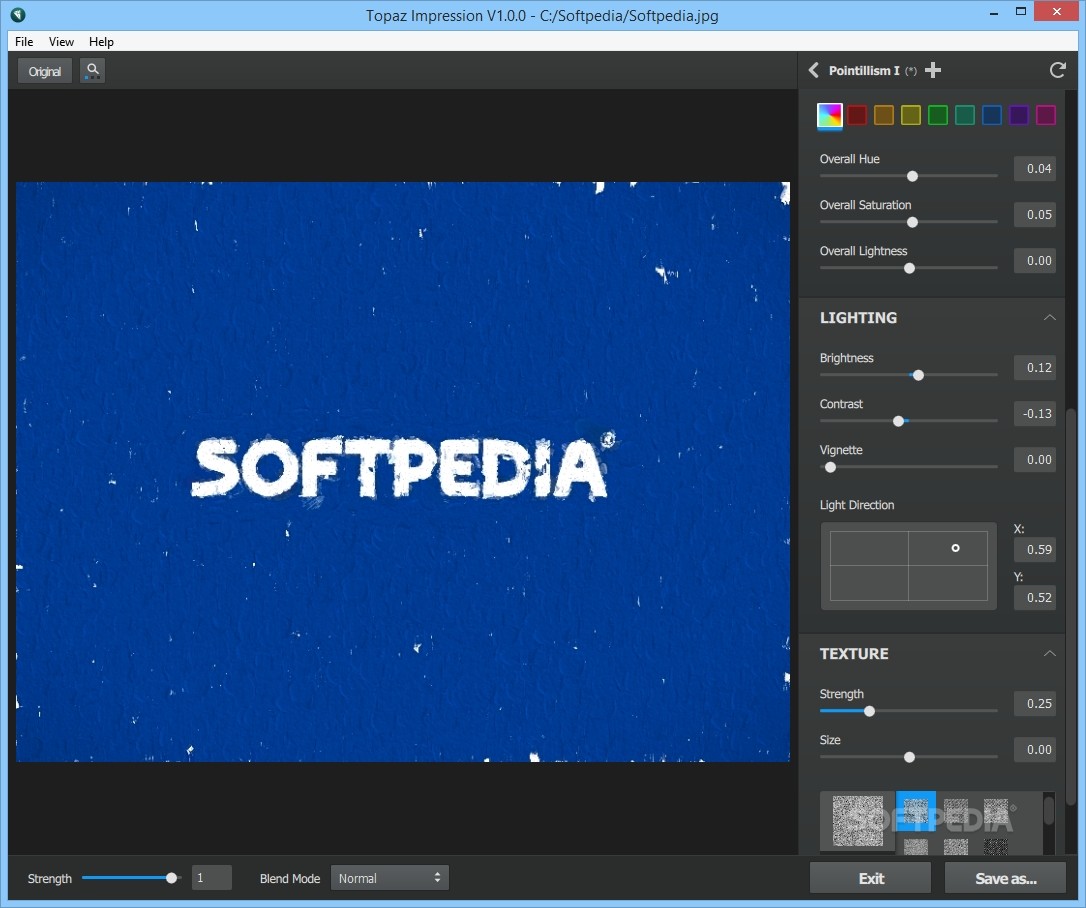


You can change the start date/time to be what you like.The GSSHA™ Precipitation dialog is used to set up both uniform events and gaged events. Select the second toggle, the one for base cell size, and enter 90 (meters.) Select OK.įigure 12.Select Feature Objects | Create Grid… (Select Yes for GSSHA™ grid.).In the Map Module, using the Select Polygon tool, select the basin boundary polygon.Begin from Basin Setup (You can load the delin_basin.wpr file in the Finished_tutorials\delin_basin folder if you are starting from here.).For more information on selecting appropriate cell sizes see the GSSHA™ Primer. In this step you are essentially telling WMS to take the boundary polygon and the DEM and create a 2D grid that fits the boundary and has an elevation data set that is interpolated from the DEM. It is helpful to have the streams already set up as well, but not necessary. The basic GSSHA™ model begins with the basin boundary in the Drainage coverage and a DEM. The watershed boundary after delineation by WMS and TOPAZ. Make sure this point is on the ‘blue’ stream line.įigure 3. Create an outlet point using the ‘create outlet’ feature.Using the zoom tool zoom into the area shown in the following figure and locate the outlet. The outlet location is shown in the following figures. After running TOPAZ, locate the outlet.Use TOPAZ by selecting DEM | Compute TOPAZ Flow Data.Convert from the Geographic NAD 83 to UTM NAD 83 and pick the UTM Zone 16.) When the convert coordinates now dialog pops up, say yes and then turn on the ‘Edit project coordinate system’. At the ‘Importing NED BIL File’ dialog, click ‘OK’. Open the DEM (select the Judys_branch.hdr file in the DEM folder. For more information, consult the WMS 8.0 Tutorials. The following steps are the same steps used to begin all watershed models in WMS. WMS uses the DEM to interpolate cell elevations and the boundary polygon to select whether or not a cell is active (inside the basin) or inactive (outside the basin.) Unlike lumped parameter watershed models, the basin should not be subdivided into sub-basins. For this tutorial we will use a DEM as the elevation model and also create the boundary polygon and the streams. To start a GSSHA™ model, you must have a digital elevation model and a boundary polygon for the watershed.


 0 kommentar(er)
0 kommentar(er)
